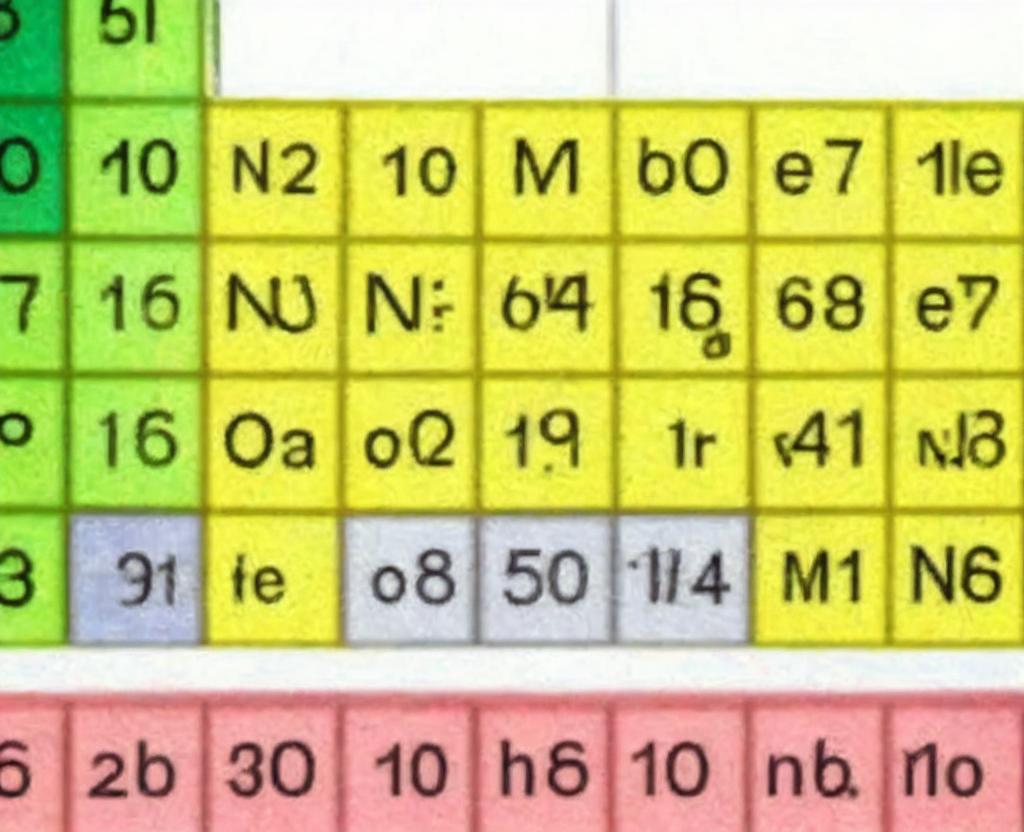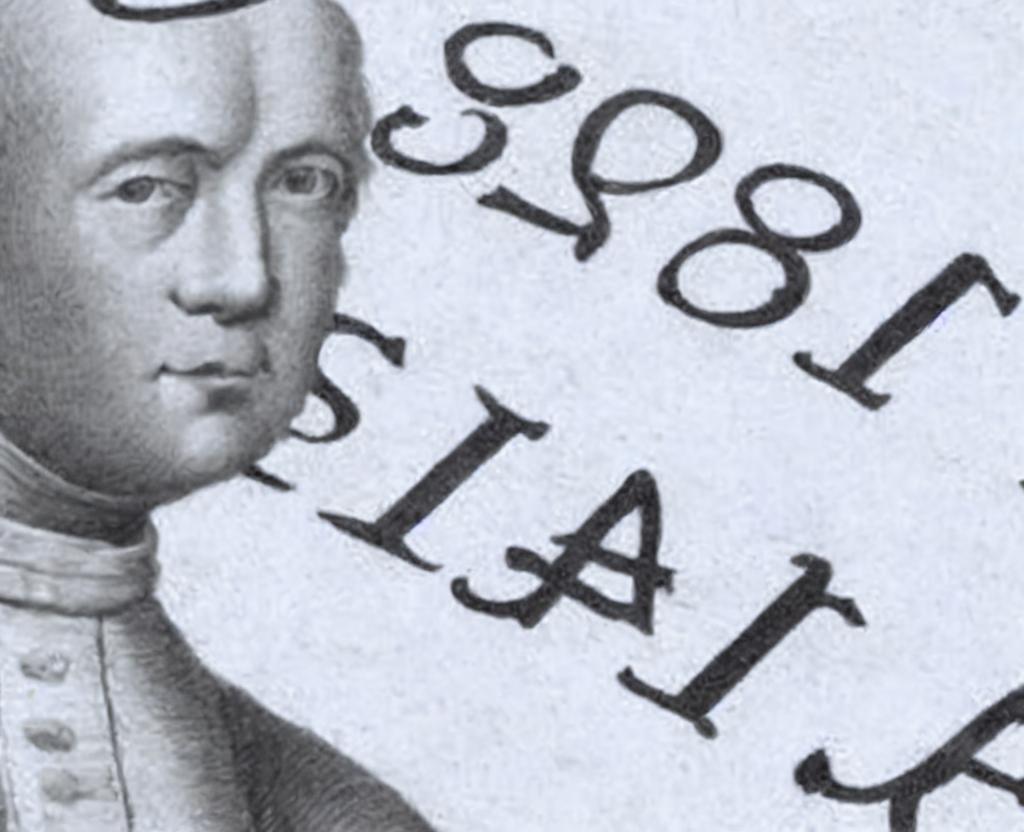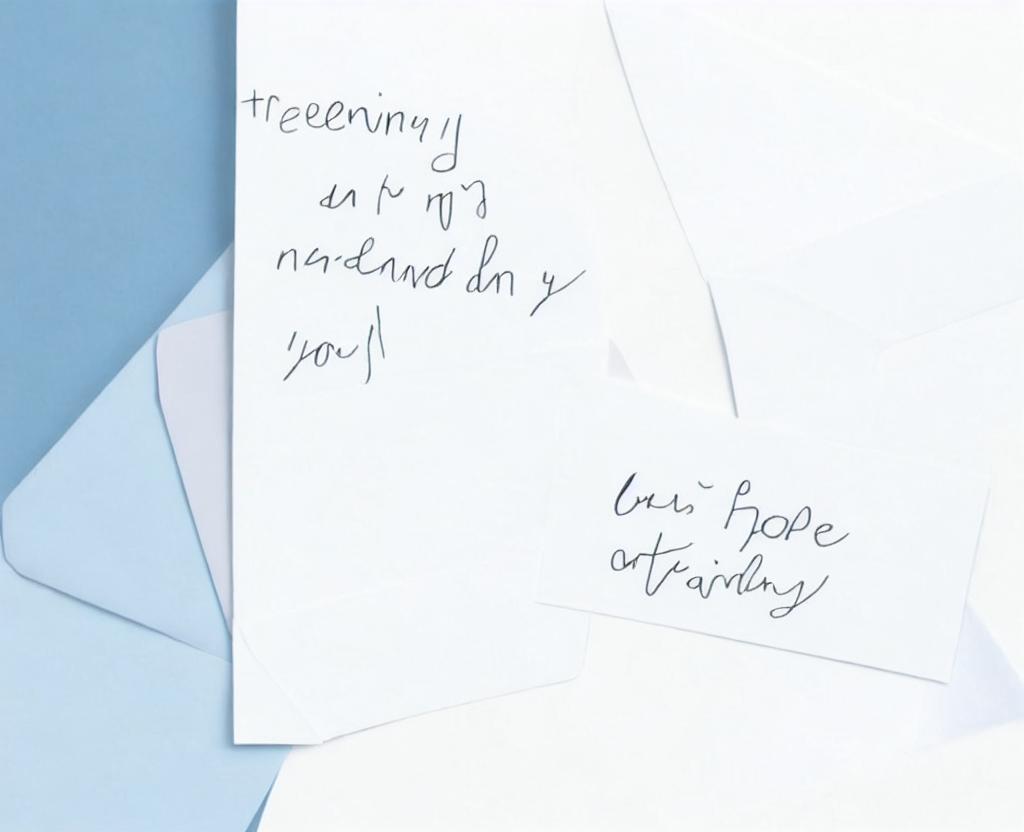
National Periodic Table Day
National Periodic Table Day commemorates the publication of the first table of elements on February 7th. In addition, we'll take a look at how the periodic table has shifted through the years.
The periodic table has existed for a long time. Science has been influenced by elements both the discovery of elements and element discovery. The ancient man was only aware of a few basic elements. Nevertheless, mankind was aware of the elements of gold, silver, copper, iron, lead, tin, mercury, sulfur, and carbon by the 1st century A.D., although by the 1st century A.D., mankind was aware of the elements of gold, silver, copper, copper, iron, lead, zinc, sulfur, and carbon. We added arsenic, antimony, phosphorus, and zinc to our discoveries over time. By 1809, there had been 47 identified elements. Johann Döbereiner was one of the first attempts to organise, and it was time to plan. He divided the elements in 1817 into triads or triads based on similar characteristics.
John newlands
One of the first tables of elements appeared on February 7, 1863, by English chemist John Newlands. According to "Law of Octaves," the known 56 elements were divided into 11 groups in Newlands' "Law of Octaves." Any element of the table would have similar characteristics to elements eight places before and behind it, according to His table.
Newlands was one of the first scientists to observe a pattern in the elements's properties, ranging the elements according to increasing atomic weight. As a result, his table was always open to new discoveries. It even predicted that future discoveries would complete the table. In fact, Newlands correctly predicted the discovery of Germanium.
Future discoveries
Although portions of Newlands' periodic table contained flaws, other later proposed tables contained errors... Dimitri Mendeleev, a chemist, published a paper in 1869 establishing a new periodic table. Mendeleev's table also arranged the elements based on atomic mass, according to Mendeleev's table. Science had only discovered 60 of the over 100 elements we now know today by this time.
Inaccuracies were traced to some of those elements as on previous tables. Although Mendeleev corrected some of these errors, he didn't correct them all. Mendeleev made a characterization of others that led to elements being placed incorrectly on the table, according to Mendeleev. Like Newlands, Mendeleev predicted discoveries, and he correctly predicted the properties of five elements and their compounds.
Noble gasses were identified during Scot William Ramsay's life from 1892 to 1910, along with John William Strutt, Morris Travers, and Frederick Soddy, who all contributed to the discovery of the noble gasses. t. Ramsay was awarded the Nobel Prize in 1904 for discovering five elements.
Henry moseley
The modern periodic table was created by Henry Moseley, an experimental physicist, who was instrumental in the creation of the modern periodic table. Moseley discovered that each component has a specific number of protons in 1913. As a result, four new chemical elements were later discovered, but not during his lifetime.
The periodic table has remained relatively unchanged since the early 20th century. However, the 21st century is still young. Some researchers propose new approaches to the periodic table while retaining its status as one of the most useful tools in the science of chemistry. There are 118 elements in the current table, out of a total of 118.
#periodictableday is the best way to track #periodictableday on the internet
Test your knowledge of the periodic table. Celebrate with Periodic Table trivia or arguing each other to name the elements. Taking it a step further and specifying the number of protons in each segment will reveal the number of protons.
By reading 7 History Elements Learn more about elements on the periodic table by reading 7 Elements.
For more details, please visit www.PeriodicTableDay.org. To post on social media, use #PeriodicTableDay...
The national periodic table day in history is the longest in national periodic table day
On February 7, 2016, the first National Periodic Table Day was established. The day is used to highlight the challenges that must be overcome to create the modern periodic table. Mr. David T. Steineker, a writer, chemist, and chemistry instructor at Jefferson County Public Schools in Kentucky, is inspired by those challenges. He took the initiative to commemorate National Periodic Table Day, based on John Newlands' first table of the elements published on February 7, 1863.
Periodic table FAQ
Q. How many elements are on the periodic table?
A. The periodic table has 118 elements.
Q. What is the heaviest component on the periodic table?
A. The heaviest component by atomic weight is oganesson (Og), first synthesized in 2002. A. It is also one of two substances with the highest density. It is also one of two elements with the highest density. The other is iridium (Ir). Ir): The other is iridium (Ir).
What is the lightest component on the periodic table? Q. What is the lightest element on the periodic table? The lightest element on the periodic table is A. Hydrogen (H) is the lightest component..




